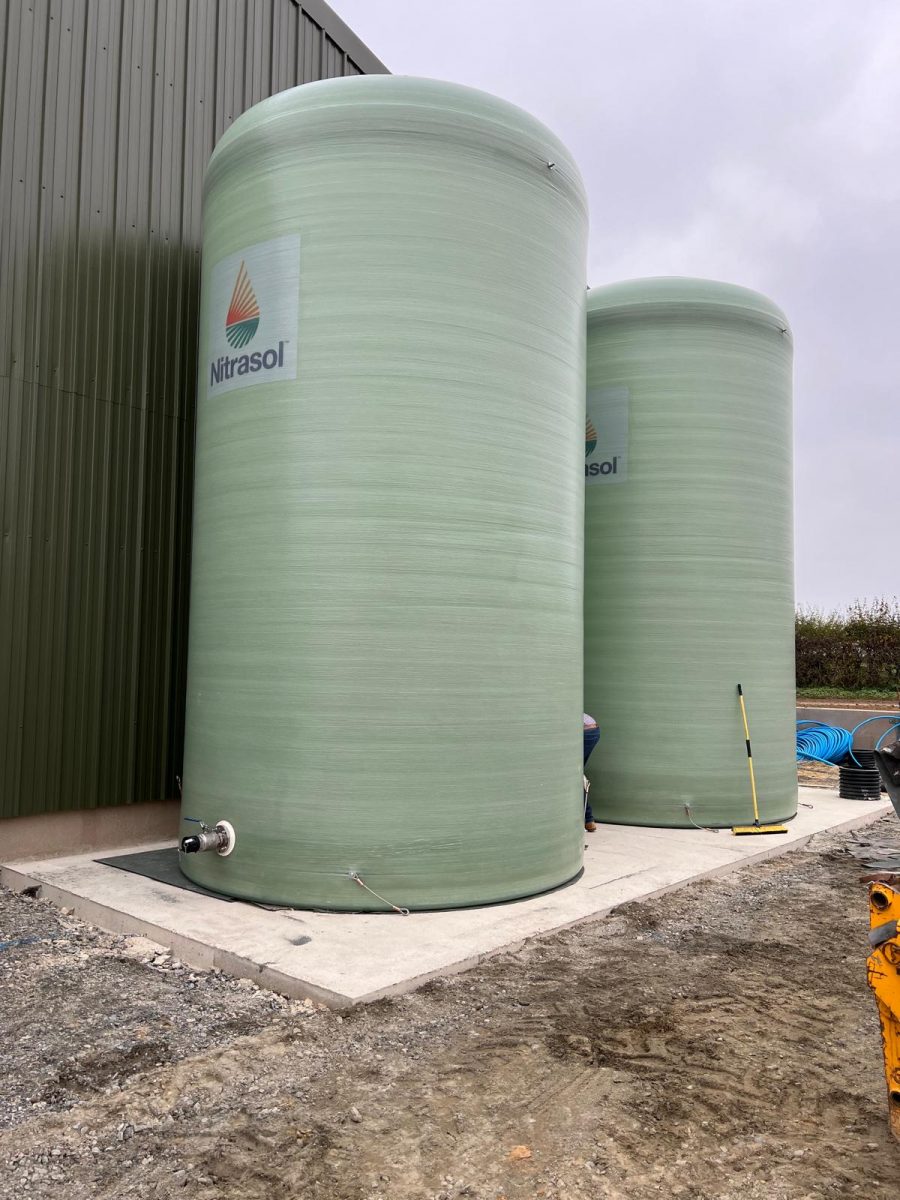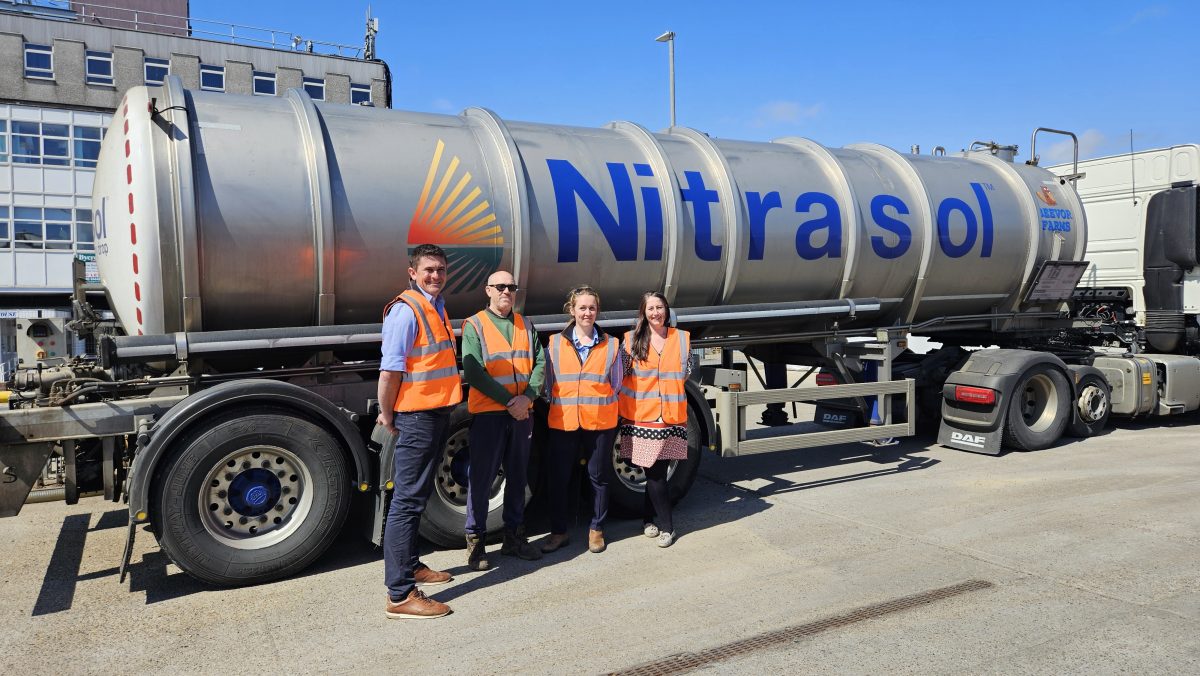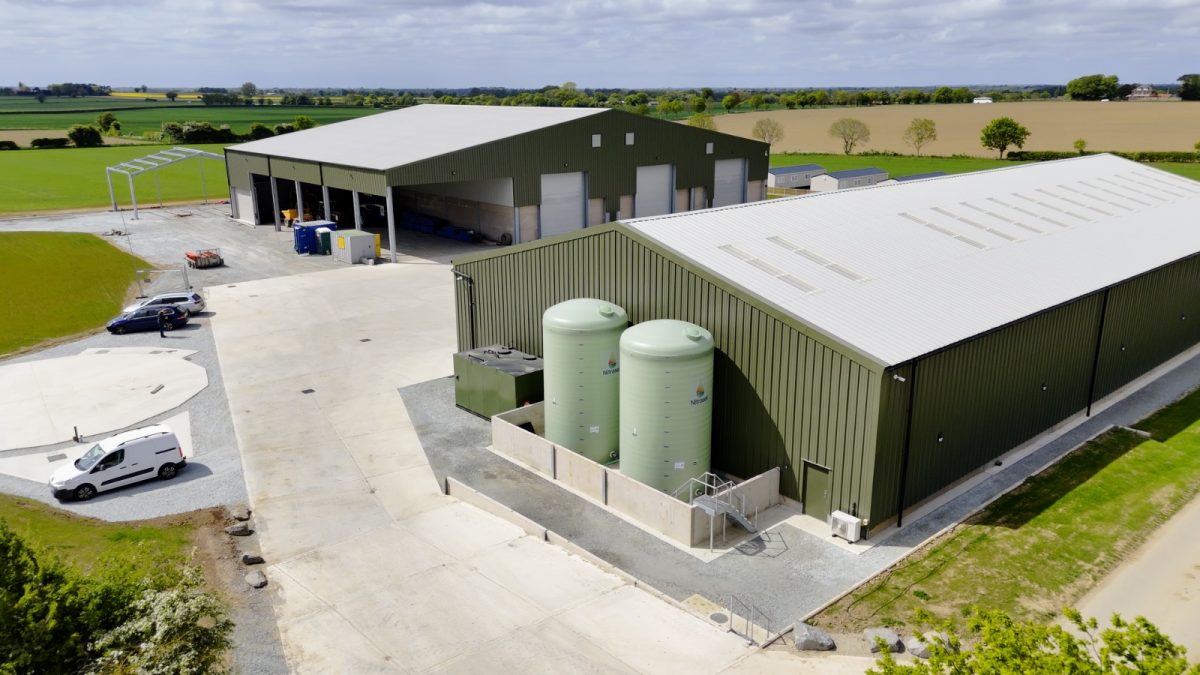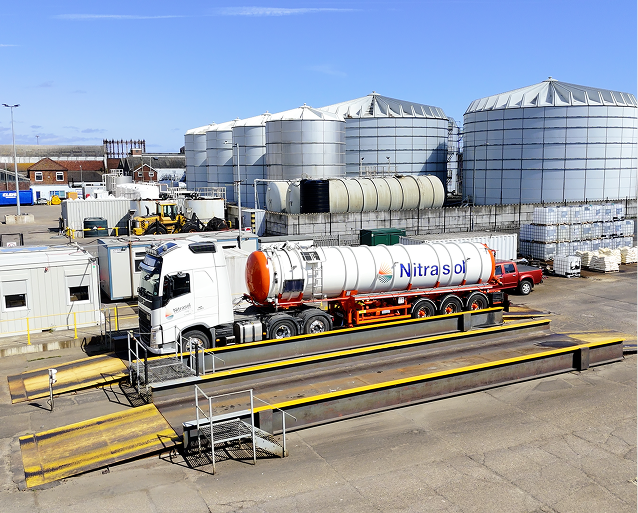UK Fertiliser Industry Shifts Focus to Nutrient Use Efficiency
Nutrient use efficiency has become the central theme for fertiliser manufacturers following significant changes in the UK’s production landscape. Earlier this year, the UK’s last ammonia production facilities closed, marking the end of an era and making British agriculture entirely reliant on imported ammonia and nitrogen fertilisers. This development follows the closures of ammonium nitrate fertiliser factories in Bristol, Chester, and Middlesbrough over the past fifteen years.
Now, almost sixty years after North Sea gas was first discovered and became the backbone of British nitrogen fertiliser production, the sector faces new realities. The UK is not alone in this. The conflict in Ukraine accelerated global trends, leaving north-west Europe with high gas prices and structurally uncompetitive, ageing factories.
Across Europe, fertiliser plants have been closed, restricted, or repurposed, and fertiliser is increasingly sourced from abroad. Today, large vessels transport fertilisers across oceans from countries with abundant, low-cost gas. The shale gas revolution in the United States, as well as new investments in Egypt, Qatar, and Trinidad, have positioned these regions as major producers. Surprisingly, the larger ships now used for transatlantic trade are so efficient that they use two-thirds less fuel per cargo tonne than smaller Baltic traders.
Fertiliser Use Efficiency: The New Priority
However, supply changes are not the only shift in the industry. Today, there is widespread recognition that feeding crops alone is not enough. Nutrient use efficiency is now in focus as regulatory and public pressure increases. Improving nutrient use efficiency not only reduces leaching into groundwater and gaseous emissions but also makes business sense for farmers and manufacturers alike.
The fertiliser industry is united in its aim to improve nutrient use efficiency from about 55% to 75%. Achieving a 1% increase each year for twenty years is seen as realistic. With the right approach, boosting nutrient use efficiency is straightforward and delivers benefits to all parties.
Modern Tools Drive Better Nutrient Use Efficiency
Farmers now have access to a growing range of tools and solutions to improve nutrient use efficiency and make fertiliser spending go further, all while supporting the environment. Liquid nitrogen fertilisers, for example, provide consistent application across the full width of each pass, whatever the conditions. Unlike granular products, nothing is lost to the hedgerows, and crop quality benefits from this evenness.
Liquid nitrogen is gaining market share at a rate of around 13% per year. If this growth continues, by 2030, 40% of all nitrogen used on British farms could come from liquid formulations. The switch is supported by recent British factory closures and new restrictions on urea usage due to emissions. Pumping fertiliser with the press of a button is quicker and easier than moving large bags in and out of costly storage buildings.
Liquid Fertilisers Offer Agronomic Advantages
With liquid products, nutrients are pre-dissolved and available to crops immediately—especially important during dry spring conditions. Storage tanks can be placed across estates or on distant blocks to cut down on road miles, saving time and improving efficiency.
Today’s advanced liquid fertilisers include sulphur and are as nutrient-dense as traditional ammonium nitrate. They deliver an optimal balance of nitrate for rapid growth, together with ammonium and ureic nitrogen to provide lasting nutrition through the season. Only liquid products can deliver this kind of four-way nutrient programme, supporting both immediate and sustained crop development.
A new generation of fertiliser inhibitors further enhances nutrient use efficiency by helping retain nitrogen in the soil, reducing ammonia losses to the atmosphere and delaying crop senescence to drive yield and quality.
Innovation Reduces Environmental Impact
The industry is pushing ahead with new products to reduce environmental impact and improve nutrient use efficiency. These innovations include:
- New abating raw materials
- Biological products with fungal, microbial, or micronutrient actions
- Chemical formulations competing to deliver nutrient productivity
This environmental drive is backed by public expectations and regulatory changes.
Nitrasol Leads with Sustainable Solutions
Nitrasol is proud to be at the forefront of these innovations. Last month, we welcomed one of the largest shipments of liquid fertiliser—delivered with a carbon footprint 29% lower than the EU benchmark—to our new Sunderland facility, the most modern terminal in the UK. This reflects our commitment to delivering nutrient use efficiency, value, and sustainability to British agriculture.
As new CBAM fertiliser taxes approach in 2027, rewarding efficient manufacturers and supply chains will become even more important. While government details are still pending, these changes could impact costs for farmers and families alike.
Final Thoughts
The fertiliser sector continues to adapt, with nutrient use efficiency guiding product development, logistics, and on-farm practice. Nitrasol remains dedicated to supplying products that support British farmers in meeting productivity, profitability, and environmental goals in a changing world.
Are you looking to convert to liquid fertiliser? Get in contact today to get started.






